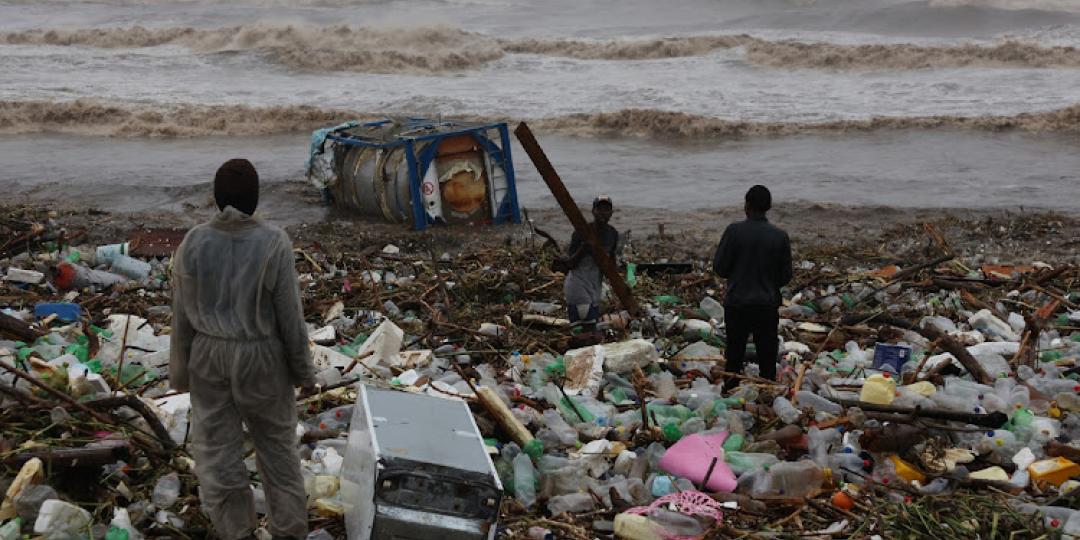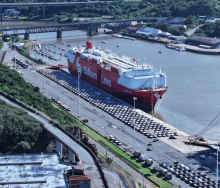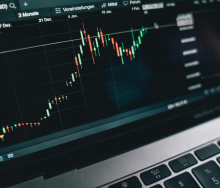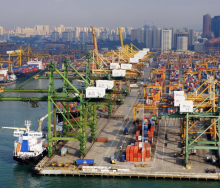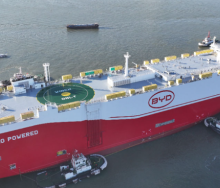StatsSA has confirmed that the country’s economy contracted in the second quarter (Q2) of 2022.
In its latest assessment of South Africa’s gross domestic product, the statistics authority said after two consecutive quarters of positive growth, real GDP had decreased by 0.7% in Q2.
“The devastating floods in KwaZulu-Natal and load-shedding contributed to the decline, weakening an already fragile national economy that had just recovered to pre-pandemic levels.”
StatsSA said the flooding had had a negative impact on a number of industries, most notably manufacturing.
Nevertheless, manufacturing remains KZN’s largest industry according to 2019 data.
It accounted for a fifth of national manufacturing production.
“The damage to factories and plants, and disruptions to logistics and supply chains, pulled national manufacturing output down by 5.9%,” StatsSA said.
“The biggest drags on growth were petroleum and chemical products, food and beverages, and transport equipment.
“Trade, catering and accommodation were negatively impacted by both the floods in KZN and power cuts across the country. The industry recorded a contraction of 1.5% as floods damaged retail outlets and storage facilities. There was also a loss of trading hours due to load-shedding.
“Mining production was dragged lower by gold, coal and diamonds, with the decrease in coal production caused partly by the flooding. Mining output was also negatively affected by load-shedding.
“Economic activity in the electricity, gas and water supply industry was hampered, mainly by load-shedding due to lack of generation capacity. There were disruptions to water supply too, caused by both the floods in KZN and drought in the Eastern Cape.
“Agriculture, forestry and fishing activity decreased by 7.7%, pulled lower by a decrease in the production of animal products. Electricity outages and the spread of foot-and-mouth disease contributed to the decline.”
Thankfully there’s also some good news.
“On the upside,” said StatsSA, “the finance, real estate and business services industry made the biggest positive impact on GDP growth in Q2, rising by 2.4%.
“Growth was driven by increased activity in the banking sector, as well as in insurance and pension funding.”
